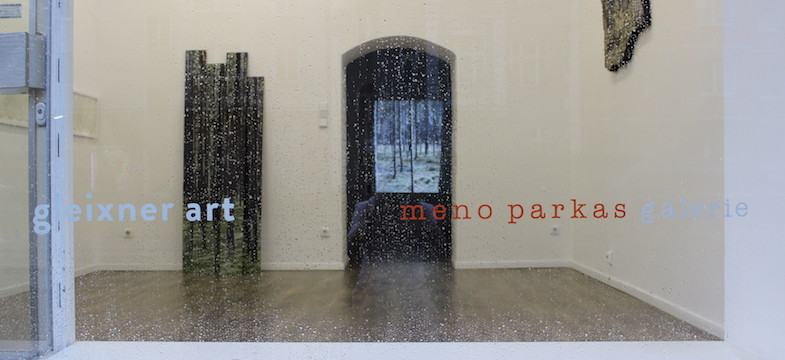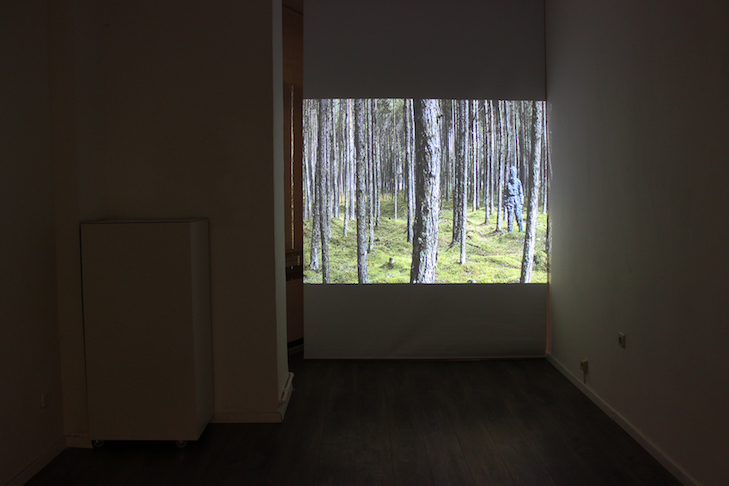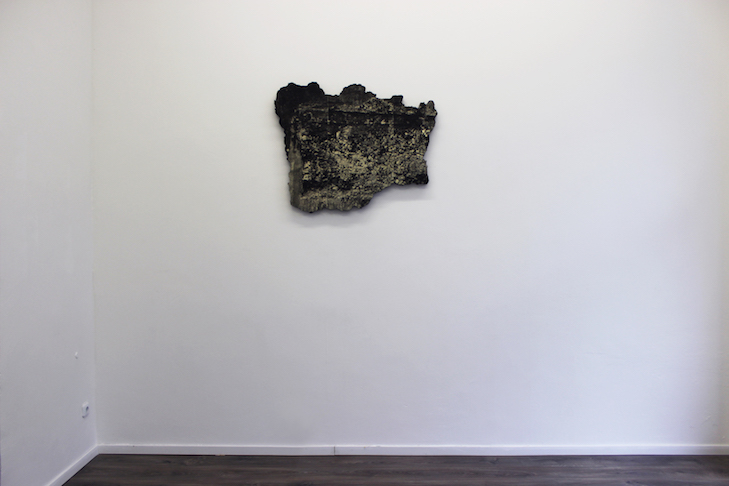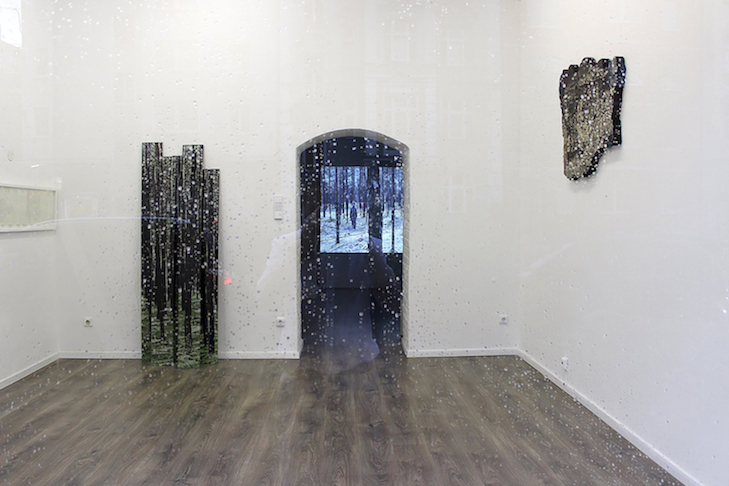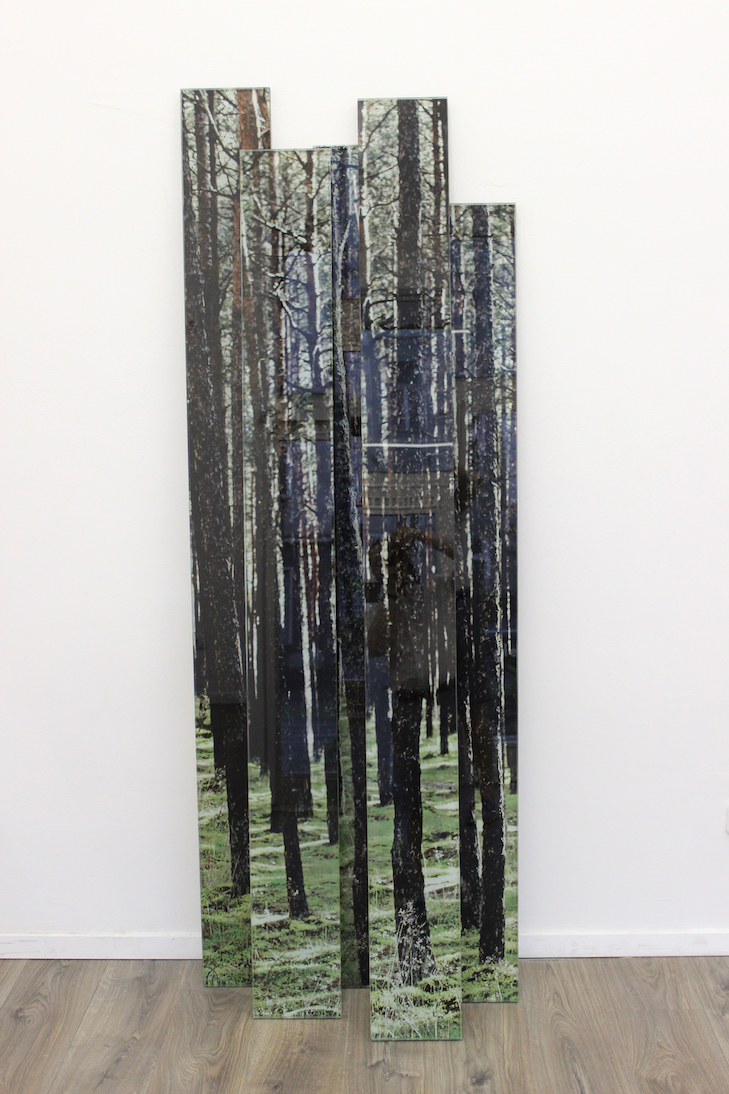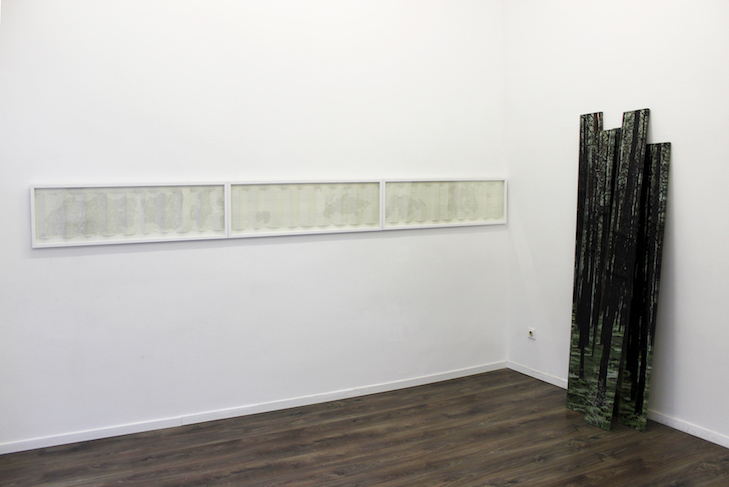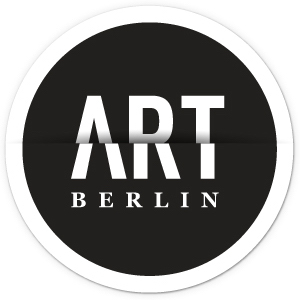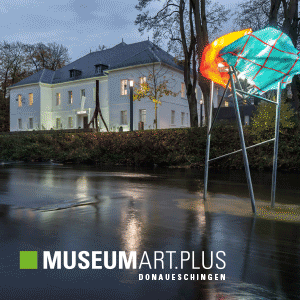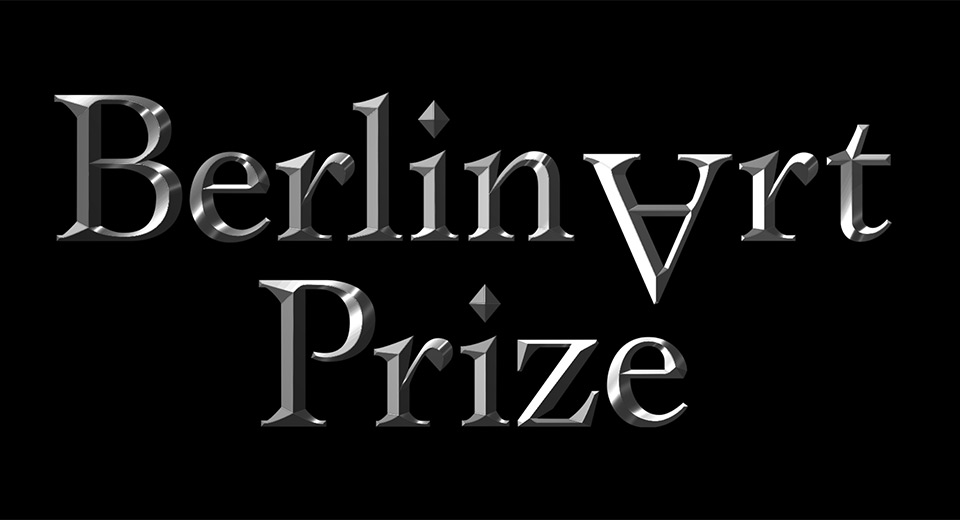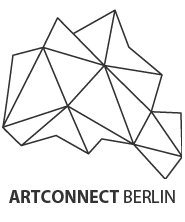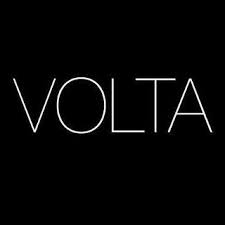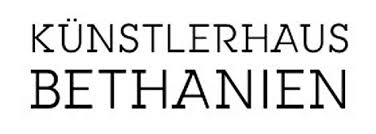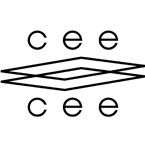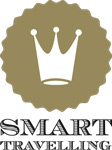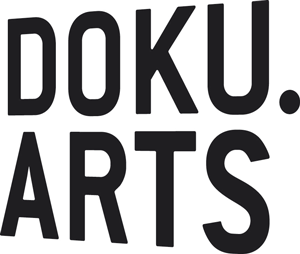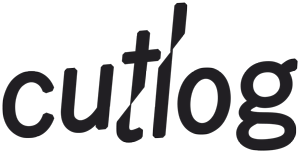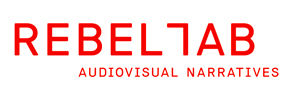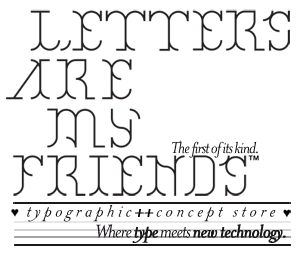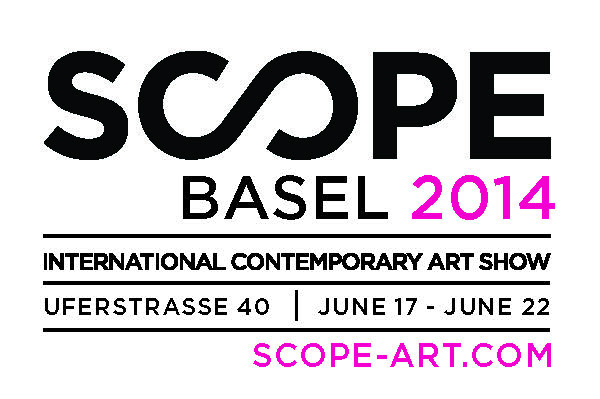Glass artist is not the term I want to use to describe you, even though I am aware of the fact that you finished your studies in the field of glass. Your works can be found in the collections of the most important European glass art centres: the Glasmuseet Ebeltoft contemporary glass art museum in Denmark and the Royal Glass Factory of La Granja in Spain. Nevertheless, you are working in wide, and materia seems not to be the matter. Also, you curate quality projects in the Lithuanian context.
How would you present yourself?
I can describe myself as a mixed media artist and artist in love with different materials and ideas. My way of thinking and creating my artworks is based on observation. I find it interesting to go into a field that I know nothing about and I like to feel like a student, who is just starting something new and exciting. Usually, I choose some unique challenges to find the solution with new material or media. I feel the most powerful when I am at the starting point; when I am not yet familiar with the media and even if my objects look so finished there is the way of first time trying. I started curating because I find it interesting. In the same way that I am fascinated by context and visual connection between objects/artworks. When I’m curating an exhibition, I feel this magical relationship between artworks and how they can make up a new context together.
Your exhibit is about reality and fiction (this is where memory comes from as we perceive it). After reading the exhibition’s text, perceiver understands that the “line” has a very concrete historical meaning and is a fact. Can perceiver get these hints about Molotov Line during the WWII without the text and do separate parts of the exhibition – drawings, installation, photograph and video works – speak about one as a unit, or each different segment is telling its part? How do you build the story for the viewer, how do you suggest this political history and why specifically that one?
I came up with the idea of the Molotov Line when I was on my vacation in Palanga and was jogging in the forest where I noticed military buildings. They were not deep in the woods, it was close to the seaside near the kids’ playground. I started to follow the story and historical facts of these buildings. The first bunker – the starting point of this line – became my place of exploration and the symbol of historical facts hidden in it. It was interesting to see the line as the borderline of an occupied country with the points to protect and to think about memory as the building which is in the forest and hidden from everything else and how nature, day by day, destroys and takes over it.
I started to separate the place into different parts – it was a symbolic act for me as if I was separating the memory, trying to erase some parts.
Basically, every part of the exhibition is like a note about the main idea and in one place these notes that I am putting to start to create the story. The story of the borders, skin of the building, process of decay, trees as panels, visualisation as a model for the future and the video performance as the person in prison trying to escape from the place where he pretends to be invisible. I think it’s possible to feel the impact of memory and history in the life of persons who have the same memory of the past.
The accent on the “line” instantly brings up associations with vertical and lateral thinking concepts. One can dig deep into one of those things and not consider objects, subjects, forces, etc. and another will consider each and every stone that they found on their way. There is no right or wrong way or recipe of “How to understand” or “How to behave in the exhibition”. But for me it is always essential (or acceptable?) to follow – the artist, read the hints, to hear what I am being told.
I’m not suggesting the viewer should go too deep because there’s no way to guide them and in there you can only meet yourself. My approach to guide the viewer is by using the game of associations. You take a few objects and create associations between them and in doing so build your own story.
There is no need to even mention the historical facts it can be just a feeling of universal sadness.
How is this exhibition different from your previous ones? What decisions thinking about the auditorium of Dusseldorf were made? Or did you act as usual? Probably, I’m trying to ask about the moment of experiment and whether there was any. Is there something that you are trying to check?
I was showing these artworks in Vilnius in a slightly different gallery than in Dusseldorf. Basically, I’m always working with space, so it does not make much difference what kind of space it is or what country. The area is my map for story building. In the gallery space here in Dusseldorf space is divided into two rooms located in one line, and that right away gives me an idea of how to arrange the artworks. First is video artwork, which is installed in the back wall but you can still see it through the door of the first room. So, in this way you can get the connection between objects in the first place with the video.
The show is brought to Düsseldorf – a city that has a long art tradition, with many art galleries; the town that produces artists in the famous art academy – The Kunstakademie Düsseldorf, which was attended by Joseph Beuys, Gerhard Richter, Ruth Rogers-Altmann, Sigmar Polke, Anselm Kiefer. Quite a substantial and diverse list of artists. What you value when you watch/observe the art of others?
One day in the museum, when I was just standing in front of the Carl Andre’s sculpture, I realised that I’m fascinated with the way the artwork is shaped when I can look at it for ages and explore it’s “skin” with my eyes.
I get the same feeling when I experience an artwork – again and again – which is like a body that I am meeting.
Somehow it needs to resonate with me at this very moment and then it means that artworks can impact me with the same or entirely different emotion that they convey. And the artists that affect my own work are changing with me. When I am wondering in the museum or gallery I don’t have expectations, I just walk and look, and I definitely meet the artwork that makes me pause (like last time it was artworks of Hiroshi Sugimoto). You need time and inner silence to get in contact with the artwork. It would be interesting to have the calming-down rooms before entering a museum, to prepare yourself for art exploration.
Julija Pociūtė. LINE
Exhibition: until 31th of July, 2018
Meno parkas | Dorotheenstrasse 22 | 40235 Düsseldorf
AUTHOR: Art critic Giedrė Legotaitė

